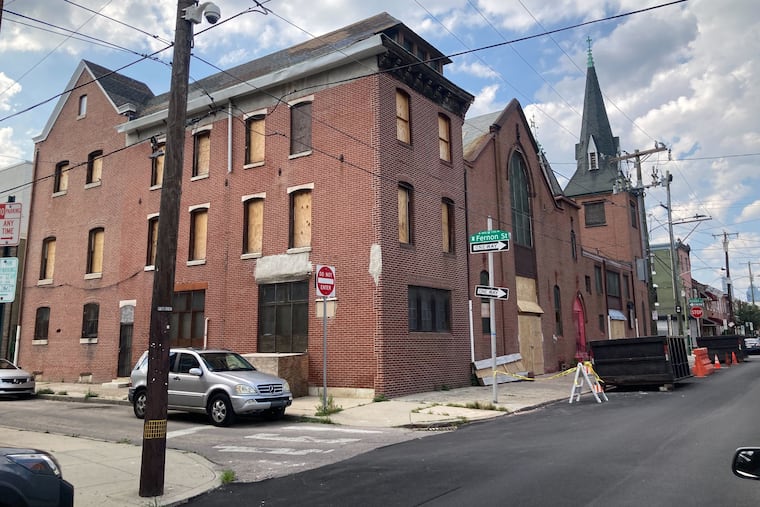Point Breeze church is being transformed into a brewery and community space after successful preservation efforts.
Dane Jensen, although not a developer by profession, has emerged as a passionate advocate for preserving historic buildings, as evidenced by his ambitious plan for the Second Nazareth Missionary Church located at 1800 Tasker Street in Point Breeze. This church, a 138-year-old structure, has long been a community landmark, but faced by a declining congregation and rising maintenance costs, its leadership opted to explore the possibility of selling the building in 2024. It was during this period that Jensen presented his vision for the property as a revitalized communal space, aimed at fostering connections within the community.
The church, which has served various congregations since its establishment in 1886, was keen on ensuring that the building was repurposed in a way that honored its history and continued to facilitate community gatherings. Jensen’s proposal includes transforming the church into a family-friendly restaurant, brewery, and event space. His ambitious renovation plan features an indoor playground, which he believes will create an inviting atmosphere for families. Jensen emphasizes that the brewery aspect of the establishment is focused on community, rather than solely functioning as a bar. He envisions a versatile space where patrons can enjoy coffee in the morning, socialize over lunch, and perhaps unwind with a beer in the late afternoon.
Acquiring the property for .75 million in mid-2024, Jensen has already initiated renovations. Notably, the church is currently designated for single-family use, but a 2019 City Council initiative introduced historic preservation incentives, facilitating the repurposing of buildings listed on the Philadelphia Register of Historic Places. Earlier this month, the church was officially added to this register, allowing Jensen to proceed without needing further zoning adjustments or approval from city officials.
Despite these advancements, Jensen values community engagement and plans to establish dialogues with local residents and organizations. He aims to underscore his commitment to positively impacting the neighborhood and intends to hire from within the community.
Extensive renovations are essential to restore the church’s structural integrity, including the installation of steel reinforcements, the repair of the leaky roof, and the restoration of stained glass windows. Jensen’s initiative comes at a time when historic churches are increasingly at risk due to declining congregations, and his approach aims not only to conserve the building but also to ensure it flourishes for generations to come. Jensen is determined to invest the effort required to maintain its legacy and maintain community fellowship. This endeavor reflects a broader trend in urban development, where adaptive reuse of old buildings serves both to preserve history and enhance community spaces in growing urban areas.







